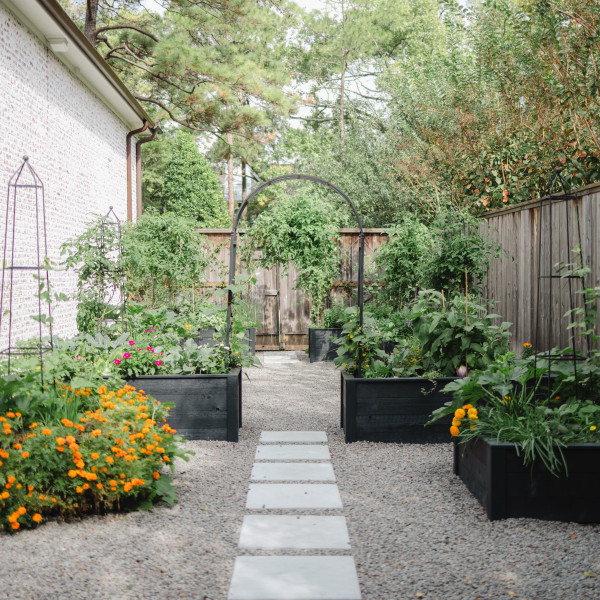Introduction
Organizing a garden effectively can transform your outdoor space into a beautiful, functional oasis. Whether you have a small backyard or a large plot, a well-planned garden layout enhances plant health, simplifies maintenance, and boosts your enjoyment. This article explores practical strategies to organize your garden, focusing on layout design, plant grouping, storage solutions, and maintenance routines. By following expert tips and proven methods, you’ll create a garden that is both aesthetically pleasing and easy to manage.
Why Organizing Your Garden Matters
A cluttered or poorly arranged garden can lead to plant stress, pest problems, and wasted effort. Organizing your garden improves:
- Plant health by ensuring proper spacing and sunlight exposure
- Water efficiency through grouped irrigation
- Ease of maintenance by creating clear pathways and accessible beds
- Visual appeal with thoughtful design elements
Gardening experts emphasize the link between organization and sustainable gardening practices. An organized garden reduces resource waste and enhances biodiversity, making it a win-win for gardeners and the environment.
Planning Your Garden Layout
Assess Your Space and Needs
Start by measuring your garden area and noting sunlight patterns, soil type, and drainage. Consider your goals: growing vegetables, flowers, or creating a relaxation area.
Design Zones Based on Function
Divide your garden into zones such as:
- Vegetable beds for edible plants
- Flower borders for color and pollinators
- Herb patches near the kitchen
- Relaxation spaces with seating or paths
Use graph paper or digital tools to sketch your design. This step ensures efficient use of space and helps prevent overcrowding.
Grouping Plants for Optimal Growth
Use Companion Planting Principles
Certain plants benefit each other when grown nearby. For example, planting basil near tomatoes can improve growth and flavor while deterring pests.
Group Plants by Water and Light Needs
Organize plants with similar watering and sunlight requirements together. This practice conserves water and reduces plant stress.
Incorporate Vertical and Raised Beds
Vertical gardening saves space and improves air circulation. Raised beds improve soil quality and drainage, making maintenance easier.
Efficient Storage and Tool Organization
Designate a Garden Tool Station
Keep tools, fertilizers, and pots in a dedicated, sheltered space close to your garden. Use hooks, shelves, and bins to organize items neatly.
Use Multipurpose Storage Solutions
Consider garden benches with storage, wall-mounted racks, or mobile carts. These solutions save space and keep your tools accessible.
Establishing a Maintenance Routine
Create a Weekly Checklist
Schedule regular tasks such as watering, weeding, pruning, and pest inspection. Consistency prevents bigger problems and keeps your garden tidy.
Use Mulching and Composting
Mulch retains soil moisture and suppresses weeds, reducing maintenance time. Composting recycles garden waste and enriches soil naturally.
Conclusion
Organizing your garden is a rewarding process that enhances both beauty and functionality. By planning your layout thoughtfully, grouping plants smartly, managing storage efficiently, and maintaining a regular care routine, you’ll enjoy a thriving garden year-round. Start small, stay consistent, and watch your organized garden flourish into a space that nurtures both plants and your well-being.
